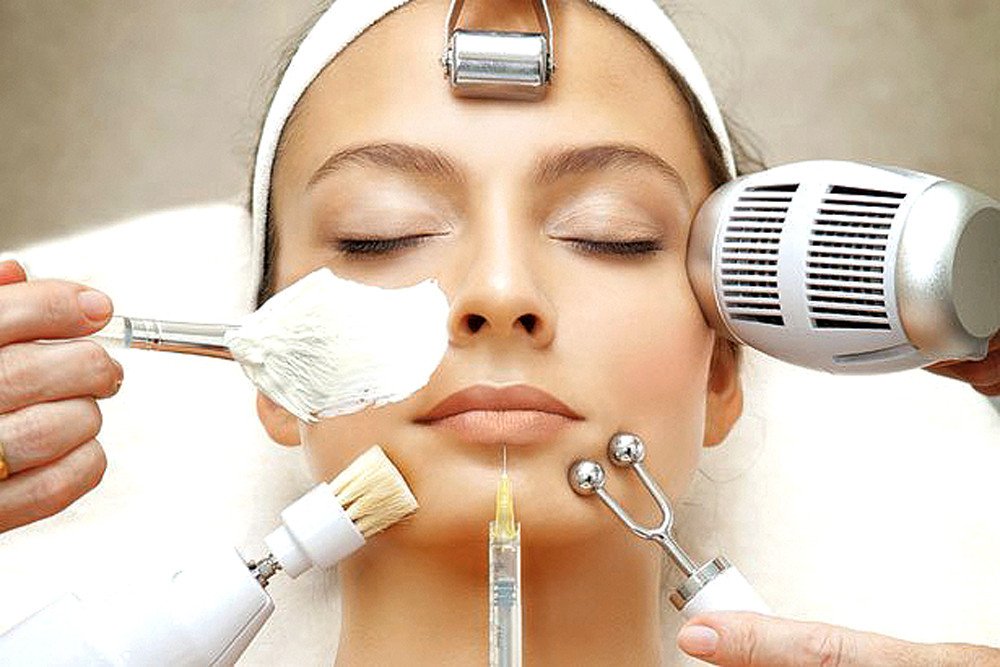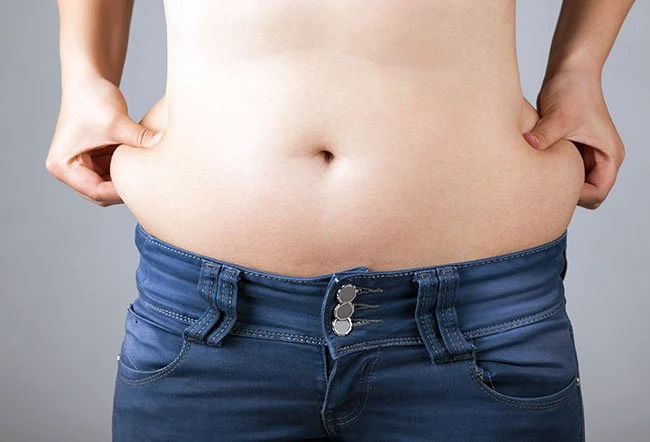
Cellulite Treatment
Do you have uneven, lumpy skin on your hips, thighs, or buttocks? This may be a sign of cellulite. Cellulite occurs when the skin overlying certain areas of fat is pulled downward to the deeper tissues by connective tissue bands. This creates an uneven surface.
Cellulite is commonly found on:
- hips
- thighs
- abdomen
- buttocks
- breasts
Cellulite is caused by a buildup of fat underneath the skin. Some women are more predisposed to it than others. The amount of cellulite you have and how noticeable it is can be based on your genes, body fat percentage, and age. The thickness of your skin also affects the appearance of cellulite. People of all body types and weights can get cellulite.
The distribution of fat in women is more visible than in men. The collagen fibers between the skin and muscle separate the underlying fat into multiple pockets. Cellulite can become more visible as you age and your skin becomes thinner and loses elasticity. This exposes the rippled connective tissues underneath.
Cellulite may be caused by:
- hormones
- poor diet
- an unhealthy lifestyle
- accumulated toxins
- genetics
- weight gain
- inactivity
Topical treatments may help to reduce the visibility of cellulite, but the effects may not be long-lasting. You’ll need to apply the product daily to maintain results. Creams are said to tighten the skin, which makes the skin appear smoother and firmer. They also add moisture, which can reduce the appearance of cellulite.
Creams don’t remove the cellulite, however. Instead, they temporarily reduce the appearance of it. The fat cells still exist under the skin.
A common ingredient in topical cellulite creams is caffeine. Caffeine increases blood flow to the area and works as a diuretic. That can change the water content of the fat, which may reduce the appearance of cellulite.
Products containing 0.3 percent retinol may reduce the appearance of cellulite by thickening the outer layer of skin. You’ll have to use the cream daily for six months or longer to see results. Retinol can cause skin sensitivities such as dryness, redness, and peeling. It can also make you sensitive to the sun.
Research surrounding cellulite creams has yielded mixed results. One study from 2011Trusted Source found that a cellulite cream showed significant improvements when combined with personal dietary recommendations. The cream is thought to enhance the benefits of dietary control in reducing the visibility of cellulite.
There are a variety of over-the-counter and prescription creams available. Always do a skin patch test on a small area first. Wait 24 hours to see if you have any allergic reactions.
The following medical procedures can be performed by a doctor or dermatologist. Your healthcare provider can help you to determine which treatment is best for you.
Cryolipolysis
Cryolipolysis, or CoolSculpting, is a noninvasive procedure that removes cellulite by freezing the fat cells beneath the skin. This causes the fat cells to rupture and their contents to be absorbed by the body. Several treatments are needed to dissolve an inch of fat. It may take three to four months to see a noticeable reduction in cellulite.
Ultrasound
Ultrasound is a noninvasive procedure that uses sound waves to target and eliminate fat in the abdomen and thighs. Results take two or three months. It’s recommended that you combine ultrasound with another cellulite treatment.
You may alsoTrusted Source be able to use ultrasound to measure the effectiveness of other cellulite treatments.
Cellfina
Cellfina is a nonsurgical procedure. During the procedure, a needle is used to break up the tough bands under the skin to get rid of cellulite on the thighs and buttocks. Results can be seen in as little as three days and can last up to three years.
Acoustic wave therapy
This treatment was developed to reduce cellulite. It works by vibrating the connective tissue in areas of the body prone to cellulite. This help to stimulate and increase collagen production, improving the appearance, texture, and elasticity of the skin.
Several treatments are needed in order to see results.
Laser and radiofrequency treatments
These medical therapies use tissue massage with combinations of radiofrequency technology, infrared light, and diode laser energy to treat cellulite. Heat and suctioning may also be used.
Cellulaze is one type of laser treatment that breaks up the tough bands under the skin that make cellulite noticeable. It may also thicken your skin. Improvements are seen after a series of treatments, and can last six months or longer.
Vacuum-assisted precise tissue release
This procedure breaks up the tough bands under the skin with a device containing small blades. The bands are cut, which allows the tissue to move upward to fill in the dimpled skin.
Results may last up to three years.
Carboxytherapy
During this procedure, a technician inserts carbon dioxide just beneath the skin. This is thought to increase blood flow to the area, which may help reduce the appearance of cellulite. You may experience discomfort and temporary bruising.
This treatment uses aluminum oxide or salt crystals to exfoliate the skin. These tiny particles gently exfoliate aging skin and stimulate new skin cells. You’ll need several treatments.
Endermologie
Endermologie is a spa treatment where you receive deep massage while your skin is lifted with a vacuum-like tool. You’ll need several sessions to see results, which may last up to 12 months. Some bruising may occur.
Your diet may affect cellulite, so it’s important to eat a balanced, healthy diet. A healthy diet can also help you to maintain a healthy weight. Reduce processed and high-sugar foods that can lead to the accumulation of toxins and fat in the body, and increase your fiber intake.
Dehydration can make cellulite more noticeable. Water flushes your body and removes toxins that can cause cellulite. Make a point to increase your water intake. It’s recommended that women drink at least nine cups of water each day.
Detoxing your body may help minimize cellulite by reducing stored toxins that contribute to cellulite. Try to eliminate or significantly reduce the amount of toxins you put in your body through diet and lifestyle. That includes avoiding things such as smoking and drinking.
Focus on natural and inexpensive ways to treat cellulite first. Regular exercise and eating a healthy, balanced diet may help to reduce the overall appearance of cellulite.
Speak to your doctor, plastic surgeon, or dermatologist about your desired outcome and the steps you plan to take. They can help you to determine the most effective treatment. Cost and possible side effects or complications must also be considered.
Book Your Free Consultation Now
Other Treatment
-
Hand Rejuvenation
As you get older, the skin on your hands is one of the first areas to show signs of ageing. The skin becomes thinner and is subject to daily wear and tear.
-
Fat Reduction
Non-invasive fat reduction kills the fat cells inside the targeted area of the body using various techniques that do not require surgery.
-
Laser Resurfacing
Laser skin resurfacing reduces wrinkles and scars, evens out skin coloring, tightens skin and removes lesions.
Gallery









